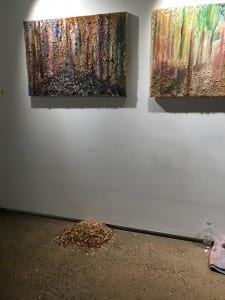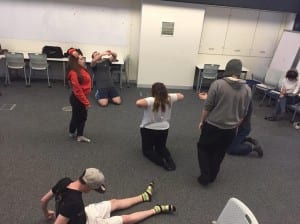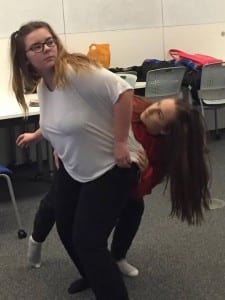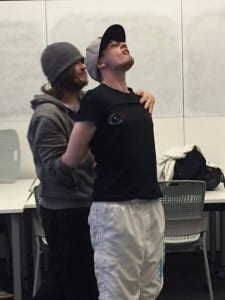When I was assigned the role of Rubbish Theatre’s dramaturge I had never heard of this position before, so I went on a personal mission to discover all I needed to know about being a dramaturge. The first question I seeked the answer for – what is dramaturgy? It appears to be open to debate about how to define dramaturgy, with each dramaturge having their own definition. Esther Pilkington and Daniel Ladnar describe “‘dramaturgy’ and ‘dramaturg’ as fluid and unstable terms” (Pilkington and Lander, 2009) which can have a “variety of meanings and functions … in different contexts” (Pilkington and Lander, 2009). Mary Luckhurst claims in her book Dramaturgy: A Revolution in Theatre that “dramaturgs and literary managers are a lynchpin of mainstream, state-funded theatre” (Luckhurst, 2006), though “The meanings of the words dramaturg and dramaturgy are unstable”. (Luckhurst, 2006). Luckhurst does go on to describe dramaturges as “critical thinkers” (Luckhurst, 2006) which are vital to the industry.
After reading about how other people define their role, I came to understand how I personally see my role. As a dramaturge I am a weaver who takes all the individual strings of a performance and weaves them together to create a well crafted piece of work. I am the outside eye; I observe the rehearsal process and create the logic of the world of the play. I revise the work of my peers and I fit all of the pieces together. I work with a balanced mixture of academic research and creativity.
Works Cited
Pilkington, E. and Lander, D. (2009) Performance Research. Dramaturgy, 14(3) 129-131.
Luckhurst, M. (2006) Dramaturgy: A relovution in Theatre. Cambridge: Cambridge University Press.




